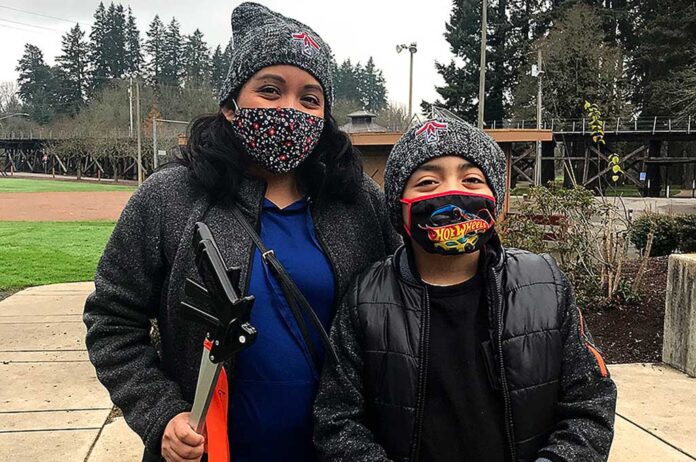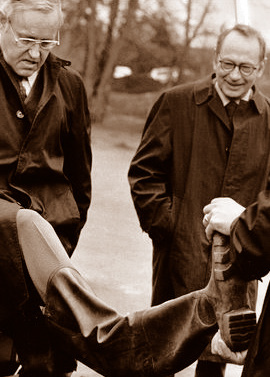Be part of the solution, not the pollution!
Thirty-two community members volunteered in our Do It Yourself program to pick up litter. Armed with gloves, litter grabbers, and plastic bags, these families, couples, and individuals scoured parks, trails, neighborhoods, and streets all year long. The one thing all volunteers observed was that trash in Tualatin was constant and on the rise.
We all know that litter is ugly. But did you know that litter is lethal to wildlife, a threat to water quality, and a hazard to human health?
Cleaning up loose trash is one of the best ways to pitch in for your community and the environment.
1. Keeping it beautiful:
Litter is an eyesore, plain and simple. Studies show that litter can negatively impact your sense of community and safety. Take a walk, breathe fresh air and make it eco-friendly by picking up trash along the way. Salad tongs make great litter grabbers.
2. Protecting children and pets:
Litter can pose health and safety risks, especially to curious children and pets. Make sure you put litter in a bag or a lined trash can, and not just loosely in an unlined one. Loose trash often winds up as litter again on trash collection day.
3. Keeping costs down:
According to Keep America Beautiful, litter cleanups cost the U.S. $11.5 billion a year, and that figure doesn’t include indirect costs, such as decreased property values, commerce, and tourism. These costs are shared by our government and by local businesses. We service 120 garbage cans in parks and on trails. Each can takes 5 minutes of staff time. For example, Jurgens Park has 15 garbage cans requiring 45 minutes per day from staff. That’s 274 hours annually, and that doesn’t include picking up litter that doesn’t make it to the can.
4. Preventing floods:
Litter often makes its way to storm drains, where it can cause serious clogs that lead to flooding. Litter that does pass through the storm drain flows directly into nearby rivers, streams, and wetlands. The City has 2,389 catch basins for stormwater. Every year catch basins and 80,000 feet of storm lines are cleaned, which keeps approximately 146 yards of storm debris and trash from entering our waterways. Street sweeping collects an additional 1,200 yards of debris (120 dump truck loads) annually.
5. Protecting wildlife:
Litter poses a threat to local wildlife when they confuse it for food or nesting materials. If litter gets into our local waterways, chances are it will wind up in the ocean. Marine litter can be deadly to seabirds, sea turtles, and marine mammals.
Join the City of Tualatin as a volunteer either in the DIY program or on Saturday, November 6, 9 a.m. – 12 p.m. as we pick up litter for a clean City, green City, dream City.
For More information, please visit
www.tualatinoregon.gov/volunteer.




















